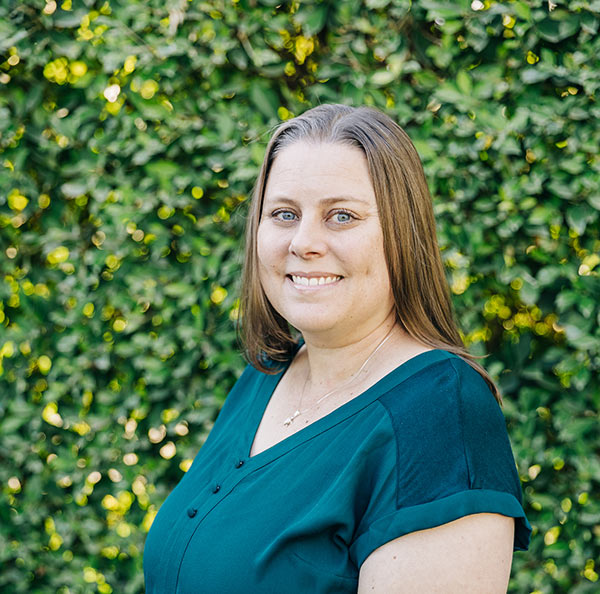Fractions often strike fear into the hearts and minds of educators and have been considered a gatekeeper to higher math learning. As teachers, we hear parents every year tell us how bad they are at math, or how much they hate fractions.
Let’s do better for our students! How can we make fractions understandable and help students see the relationships between parts and wholes? It all starts with sharing!

Simple Beginnings: Starting with Sharing
Equal sharing is something that our students usually have experience with when they walk in the door. They’ve been asked to split, share, or divide items such as food or toys many times. We can use this experience and this knowledge students bring to start with equal sharing problems, even in preschool and kindergarten! These types of problems lay the foundation for fractions in later grade levels.
Ultimately, we want our students to understand the concept that, “a divided by b creates a fraction of a/b”. If this already is stressing you out, let’s think of it in terms of food. First, to simplify the idea, try it with whole numbers.
Whole Number Problem
If I have 4 brownies and I split them equally among 2 people, how much will each person get?
Each person gets 2 brownies, because 4 divided by 2 = 2.
Fraction Problem
If I have 1 brownie and I share it equally among 2 people, how much will each person get?
Each person gets a part of the brownie, and each of those pieces are called 1/2, because 1 divided by 2 = 1/2 (a divided by b = a/b).
Connecting to concrete experiences enables students of all ages to think about numbers in this way. Even very young children can break or cut a treat in half to share with someone else, and they understand the concept of fairness and getting the same amount.
Fraction Foundational Skills in the Standards
The foundations for understanding and operating with fractions begin in 1st and 2nd grade as partitioning in The Common Core State Standards (CCSS) and many other state standards. Many teachers tend to leave geometry until the end of the year, but these partitioning standards are critical foundational standards for all the operations with fractions that students in later grades will need to learn. Starting early and creating many opportunities for practice takes the learning deeper and supports transfer to more challenging work in later grades.
In first grade, the Common Core standard reads:
“Partition circles and rectangles into two and four equal shares, describe the shares using the words halves, fourths, and quarters, and use the phrase half of, fourth of, and quarter of. Describe the whole as two of, or four of the shares. Understand for these examples that decomposing into more equal shares creates smaller shares.”
In second grade, the standard adds the idea of thirds:
“Partition circles and rectangles into two, three, or four equal shares, describe the shares using the words halves, thirds, half of, a third of, etc., and describe the whole as two halves, three thirds, four fourths. Recognize that equal shares of identical wholes need not have the same shape.”
The understanding of how many parts make up a whole is essentially for understanding fractions (three 1/3s, four 1/4s, etc.).
In order to support students in learning this big idea, provide students with plenty of opportunities to solve equal sharing problems where the answer will create a fraction.
For younger students, something as simple as the idea of 2 friends sharing 1, 3, or 5 items will create halves, and 4 friends sharing 1, 3, 5 or 9 items will create fourths. Students in preschool and kindergarten are capable of understanding halves. In second grade, having 3 friends sharing items will create thirds.
Asking questions such as, “How many of these pieces are in the whole cookie?” or “How many one-fourths does it take to make one whole?” helps students verbalize their understanding of the part-whole relationship.
The abstract concept of fraction relationships is developed through concrete experiences. Encouraging students to use Playdough or other objects to model their thinking connects to developmentally appropriate creative play and acting out what’s happening in the story problem. Starting with more items than sharers (2 children sharing 3 cookies) will allow students to hand out whole cookies first, then split only the remaining cookie. Some children might decide to split all of them in half, which is also great! As students become more confident with these types of problems, as well as in the upper grades, introducing problems with more sharers than items forces students to split all the items (2 children sharing 1 cookie or 4 children sharing 3 cookies). In each of these scenarios, children are starting to learn the concept that a (3 cookies) divided by b (4 children) creates the fraction a/b (3/4).
Transferring Early Skills and Understanding to the Upper Elementary Grades
The line of thinking described above leads to the 5th grade Common Core standard:
“Interpret a fraction as division of the numerator by the denominator (a/b = a ÷ b). Solve word problems involving division of whole numbers leading to answers in the form of fractions or mized numbers, e.g., by using visual fraction models or equations to represent the problem.”
With practice, this concept will make sense to students in 5th grade, if they have been dividing and sharing items and creating fractions for years. It is making time to discuss early concrete experiences that ensure they understand that a whole divided into equal parts creates a fractional amount and that those fractional amounts can be operated on to create one whole or even more.
Now It’s Your Turn
Give some of these problems a try, adapt them, and create your own and we predict you will find that you and your students enjoy working with fractions!


